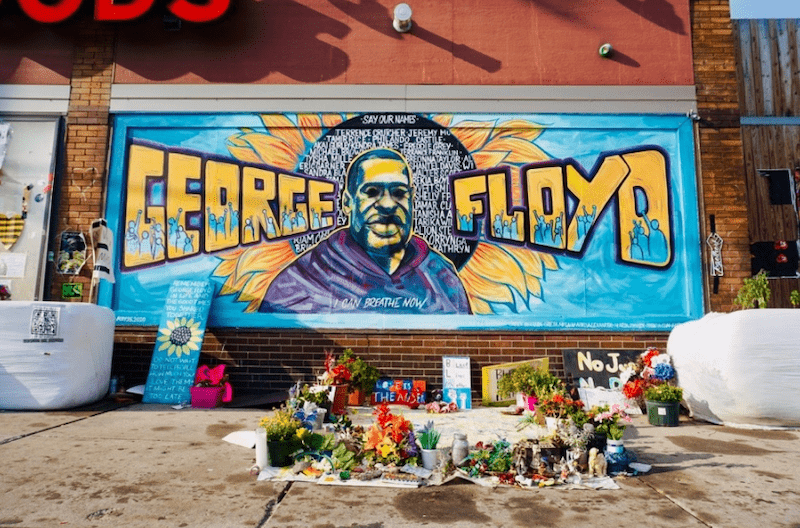According to CNN on the 4th, a report released by the Association of Metropolitan Police Chiefs in the United States on the 3rd showed that there was a surge in crime in major cities in the United States in 2020, and this phenomenon is becoming more and more serious this year.
The report shows that homicide cases in the United States increased by 33 percent year-on-year in 2020. Among the 66 more populous police districts under the jurisdiction of the United States police, at least one category of violent crime has increased, including homicide, robbery, rape or malicious assault.
Between January and March this year, the crime rate in many big cities increased from the same period last year. In the case of the major cities in the United States – New York, Los Angeles and Chicago, as of March 28, shootings in New York City surged by nearly 50% compared with the same period last year, killings in Los Angeles increased by 36% year-on-year, and shootings and homicides in Chicago increased by nearly 40% and 33% year-on-year, respectively.
Experts analyzed that the rising crime rate in the United States involves a series of factors, including social anxiety caused by the COVID-19 epidemic, economic downturn, insufficient police force and various demonstrations.
In May 2020, George Floyd, an African-American man, died after being violently enforced by white police in Minneapolis, which triggered a large-scale wave of anti-police brutal law enforcement and protest against racial discrimination across the United States. In order to maintain public security, a large number of police forces have been mobilized in many places, resulting in insufficient community police force.
In addition, the COVID-19 epidemic has also made some police stations overstretched. Once a person is diagnosed or quarantined, colleagues who have been in close contact must also be quarantined.
The epidemic has also made criminal justice institutions such as courts, prisons and detention centers struggling to cope with. Because these places are epidemic-prone areas, some suspects and petty criminals awaiting trial have been released early.



